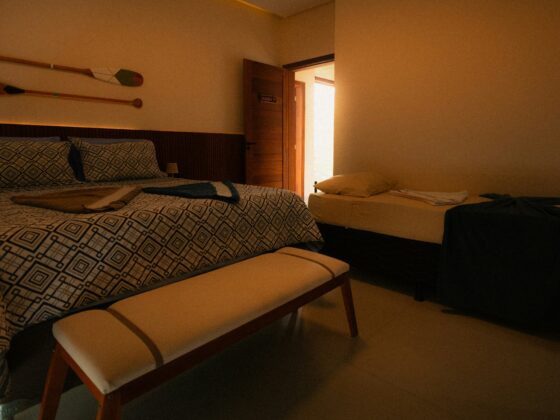It takes more time and energy than ever to research and book a vacation.
Travelers today visit 277 different web pages before booking a trip, which is up more than seven-fold over 2013, when travelers visited 38 websites before booking, according to data from Expedia. The travel booking process is a growing time and energy expense, during a time when consumers are short on both.
According to the data, the total time it takes in just the 45 days leading up to booking is 303 minutes on average, or just over 5 hours. “To put that in context, this is longer than the average time it takes to run a marathon or about the time it takes to fly direct from Toronto to Mexico City,” the report says.
So how and when is that time spent?
For when, it’s more towards the start of the trip, going from 2.5 pages per day in the early stages of planning to 25 web pages per day on the day of purchase. The page views span a number of websites, from online travel agencies (OTAs) first to airline websites, hotel websites, and meta-travel websites last.
For how, those visits are not simply re-checking flight information or directions. They are actively searching for information, failing, and then searching again. According to the study, in the 45 days leading up to a purchase, travelers are bouncing back and forth between web pages before settling on a purchase.
For instance, the survey found that when starting with an OTA, most travelers (89%) then go to another travel website, such as an airline, hotel, or meta-travel website. Those that start with the alternative, one of those other travel websites, then are most likely to head back to an OTA (24%).
That extended time and energy spent before booking is one of the major selling points for travel advisors, particularly the ones with experience in segments that are more and more complex because of the difficulty of navigating an intricate online world.
Going along with that, the data shows that travelers mostly want value from their purchase, but, right after that, they also want ease of purchase. As travel websites and suppliers are looking to bend even more towards a direct-to-consumer approach, they are pouring resources into trying to make it as easy as possible for consumers (or they are taking a less tactful approach).
But that’s simply not happening, as shown by the shift from 38 websites to 277 web pages over the past 10 years. So while suppliers continue to look for a solution, travel advisors and agency owners can sleep well knowing they are becoming more needed than ever, meeting their consumers where they are most lost.








